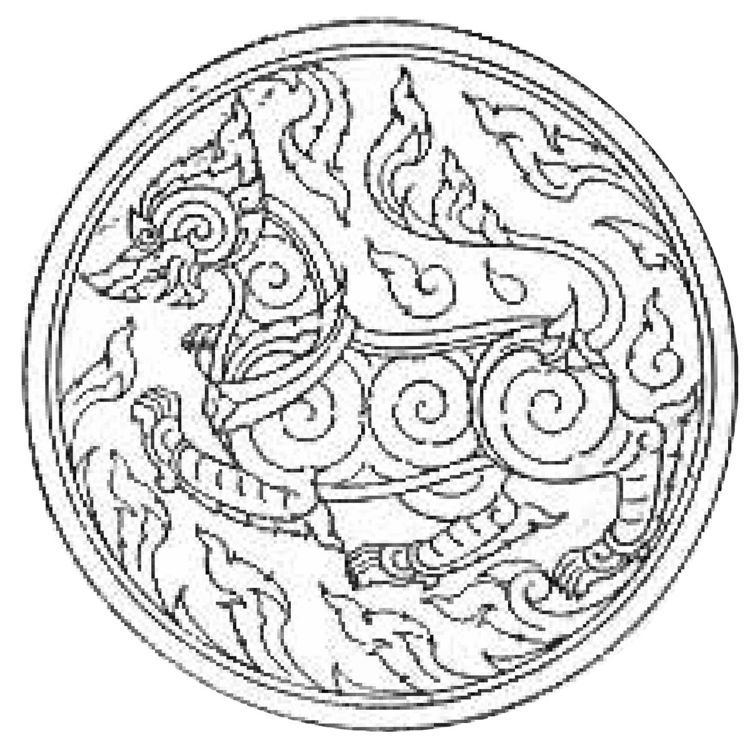Formed 1 April 1892 Website www.moi.go.th | ||
 | ||
Ministers responsible General Anupong Paochinda (Military),Minister of InteriorSutee Markboon,Deputy Minister of Interior | ||
The Ministry of Interior of the Kingdom of Thailand (Thai: กระทรวงมหาดไทย; rtgs: Krasuang Mahatthai; Abrv: MOI) is a cabinet-level department in the Government of Thailand. The ministry has wide ranging responsibilities. The ministry is responsibile for local administration, internal security, citizenship, disaster management, road safety, land management, issuance of national identity cards, and public works. The ministry is responsible for appointing the 76 governors of the Provinces of Thailand. The minister of interior (Thai: รัฐมนตรีกระทรวงมหาดไทย) is the head of the ministry. He is appointed by the King of Thailand on the recommendation of the prime minister. Since 30 August 2014, the head of the ministry has been retired General Anupong Paochinda. He is aided by one deputy minister.
Contents
History
The ministry in its present form was founded by King Chulalongkorn (Rama V) in his reforms of the Siamese government. The ministry was founded on the 1 April 1892. He appointed his brother Prince Damrong Rajanubhab, to be its first "minister of state". At the time the ministry was divided into three divisions: the central division (Thai: กรมมหาดไทยกลาง), the northern division (Thai: กรมมหาดไทยฝ่ายเหนือ), and the local administration division (Thai: กรมพลัมภัง).
Prince Damrong reorganized the workings of the entire ministry and as a result the entire country. He created the monthon system, a complete new system of sub-divisions of the kingdom. He and the ministry took on so much power, that he was considered second only to the king. After King Vajiravudh (Rama VI) succeeded his father in 1910, the relationship between king and Prince Damrong deteriorated. In 1915 Prince Damrong resigned, officially citing health reasons, though it was an open secret that disagreements with the king were the real reason.
During the Revolution of 1932 (actually, coup d'état), the Minister of Interior was Prince Paripatra Sukhumbhand, who was exiled after the revolution because of his power. From then on the minister became an appointed position within the Cabinet of Thailand. Most ministers had been former police officials.
